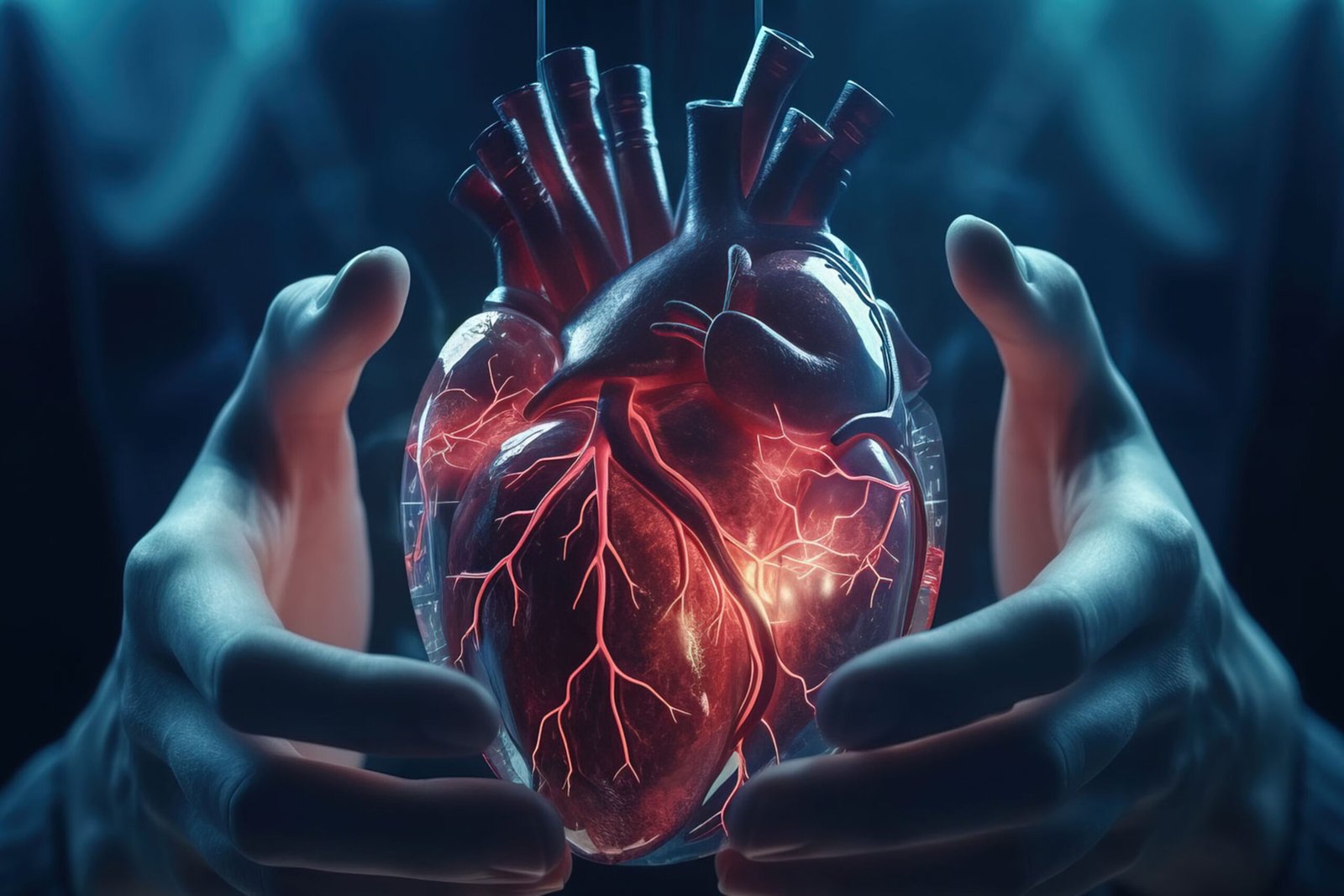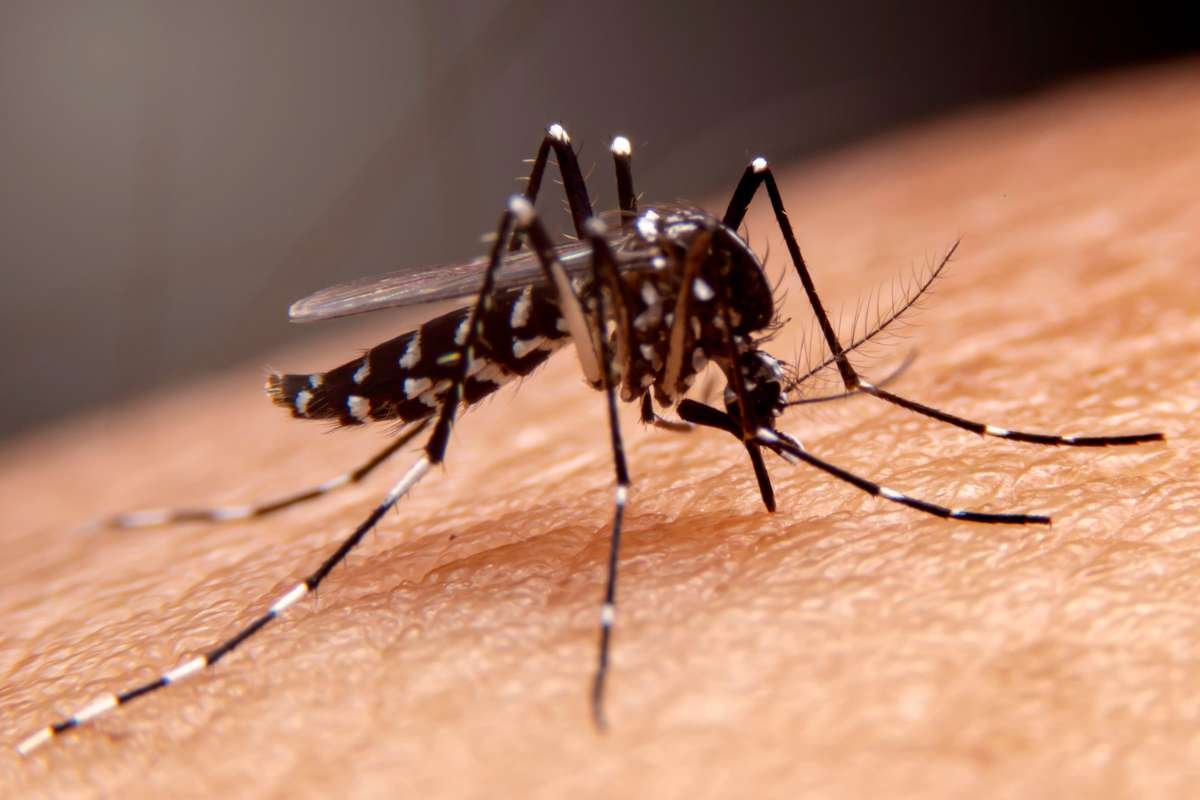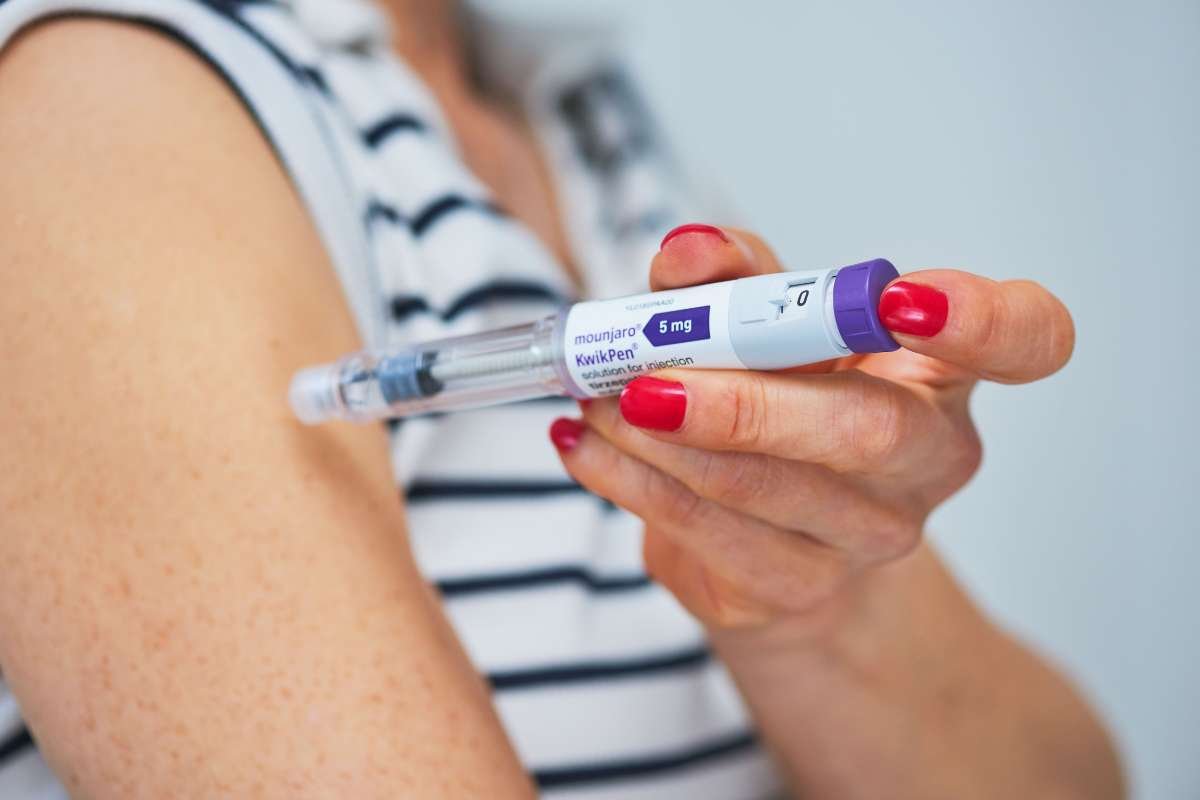Cardiovascular diseases (CVDs) are the top cause of death around the world, impacting millions of people each year. As medical science progresses, many new solutions have been developed to help prevent, diagnose, and treat these complex health issues. Through this article, you will learn more about the latest cardiovascular solutions, which include lifestyle changes to improve heart health, advancements in diagnostic tools to identify heart problems, medical treatments to manage CVDs, and surgical options for severe cases. Future innovations could change the way we treat heart diseases.
Understanding Cardiovascular Diseases
1. What Are Cardiovascular Diseases?
Cardiovascular diseases encompass a group of disorders involving the heart and blood vessels. These include coronary artery disease, heart failure, arrhythmias, congenital heart defects, and more. The most common cause is atherosclerosis, a condition where arteries become narrowed or blocked due to plaque buildup, leading to heart attacks and strokes.
2. Why Are Cardiovascular Solutions Important?
Given the prevalence and severity of CVDs, effective cardiovascular solutions are essential for reducing morbidity and mortality. They improve quality of life and help manage risk factors and prevent complications.
Prevention: The First Line of Defense
1. Lifestyle Modifications
The foundation of these solutions lies in preventive measures. Adopting a heart-healthy lifestyle can significantly lower the risk of developing CVDs:
- Balanced Diet: Emphasize fruits, vegetables, whole grains, lean proteins, and healthy fats.
- Regular Exercise: Aim for at least 150 minutes of moderate-intensity aerobic activity per week.
- Avoid Tobacco and Limit Alcohol: Smoking cessation and moderation in alcohol consumption are vital.
- Manage Stress: Mindfulness, meditation, and adequate sleep contribute to heart health.
2. Risk Factor Management
Identifying and controlling risk factors is a cornerstone of cardiovascular solutions:
- Hypertension: Regular monitoring and management with lifestyle or medications.
- Diabetes: Blood sugar control through diet, exercise, and medication as needed.
- Cholesterol: Maintain healthy lipid levels with diet, exercise, and statins if prescribed.
3. Diagnostic Cardiovascular Solutions
Early and accurate diagnosis is critical for effective treatment. Modern CV solutions include advanced diagnostic tools:
- Echocardiogram: A non-invasive ultrasound that assesses heart structure and function.
- Stress Echocardiogram: Evaluates heart performance under physical or pharmacological stress.
- Electrocardiogram (ECG): Detects arrhythmias and other electrical abnormalities.
- Cardiac Catheterization: Visualizes coronary arteries to identify blockages.
- Blood Tests: Measure cardiac enzymes, cholesterol, and other markers.
These diagnostic CV solutions enable tailored treatment plans and timely interventions.
4. Medical Therapies: Pharmacological Cardiovascular Solutions
Medications form the backbone of many CV solutions, targeting different aspects of heart disease:
- Vasodilators (Nitrates, Isosorbide): Expand blood vessels to improve blood flow, especially during angina or acute events.
- Beta-Blockers: Lower heart rate and blood pressure, reducing the heart’s oxygen demand.
- ACE Inhibitors/ARBs: Help control blood pressure and protect heart muscle after a heart attack.
- Antiplatelet Agents (Aspirin, Clopidogrel): Prevent clot formation in arteries.
- Statins: Lower cholesterol and stabilize plaque.
- Antiarrhythmic Drugs: Manage abnormal heart rhythms.
Individualized regimens are essential, as the choice and combination of medications depend on the patient’s specific condition and risk profile.
5. Interventional and Surgical Cardiovascular Solutions
When medications are insufficient, interventional and surgical CV solutions offer life-saving options:
| Procedure | Description | Indication |
| Coronary Angioplasty & Stenting | A balloon is used to open blocked arteries; a stent may be placed to keep the artery open | Acute heart attack, significant coronary artery disease |
| Coronary Artery Bypass Graft (CABG) | Blood flow is rerouted around blocked arteries using vessels from the leg or chest | Severe or multiple blockages |
| Implantable Devices (Pacemakers, Defibrillators) | Devices regulate heart rhythm or deliver shocks to prevent sudden cardiac death | Arrhythmias, heart failure |
These solutions restore blood flow, correct electrical disturbances, and significantly improve survival and quality of life.
6. Cardiac Rehabilitation: A Holistic Cardiovascular Solution
Cardiac rehabilitation is a comprehensive program designed to support recovery and prevent recurrence after a cardiac event. It includes:
- Supervised Exercise: Tailored to individual capacity.
- Education: On heart-healthy living and medication adherence.
- Psychological Support: Managing stress, depression, and anxiety.
- Lifestyle Counseling: Smoking cessation, nutrition, and weight management.
Cardiac rehabilitation is a proven cardiovascular solution that reduces hospital readmissions and enhances long-term outcomes.
Innovations and Future Directions
The field of cardiovascular medicine is rapidly evolving, with new solutions on the horizon:
- Minimally Invasive Procedures: Techniques like transcatheter aortic valve replacement (TAVR) offer alternatives to open-heart surgery.
- Advanced Imaging: Improved MRI and CT scans provide detailed heart images for precise diagnosis.
- Personalized Medicine: Genetic testing and biomarkers enable tailored CV solutions.
- Wearable Technology: Devices that monitor heart rhythm and vital signs in real-time.
- Artificial Intelligence: AI-driven analysis aids in risk prediction and treatment optimization.
These innovations promise to make CV solutions more effective, accessible, and patient-centered.
Community and Supportive Cardiovascular Solutions
Beyond clinical interventions, community-based CV solutions play a vital role:
- Public Awareness Campaigns: Educate about risk factors and healthy habits.
- Screening Programs: Identify at-risk individuals early.
- Support Groups: Provide emotional and practical support for patients and families.
Collaboration between healthcare providers, patients, and communities is essential for comprehensive CV solutions.
Also Read: Understanding Ischemic Cardiomyopathy: Causes, Symptoms, Diagnosis, and Treatment
Conclusion
Cardiovascular solutions include a wide range of strategies that help with everything from preventing heart disease and detecting it early to providing advanced treatments and community support. By using these solutions, people can greatly lower their chances of developing heart disease, recover better after heart-related events, and enjoy a healthier life.
As research and technology continue to improve, the future of CV solutions looks even brighter for maintaining and restoring heart health.
Remember: Regular check-ups, living a healthy lifestyle, and staying informed about the latest heart health solutions are your best ways to protect yourself against heart disease.
Frequently Asked Questions
1. What are the most effective cardiovascular solutions for prevention?
Adopting a healthy lifestyle, managing risk factors such as hypertension and diabetes, and regular screenings are the most effective preventive CV solutions.
2. When should surgical cardiovascular solutions be considered?
Surgical solutions like angioplasty, stenting, or bypass surgery are considered when medications and lifestyle changes are not enough to control symptoms or prevent complications.
3. How can I access the latest cardiovascular solutions?
Consult a cardiologist for personalized advice and stay updated with reputable sources and community programs dedicated to heart health.
By understanding and utilizing the full range of CV solutions, you can take proactive steps toward a healthier heart and a longer, more fulfilling life.







